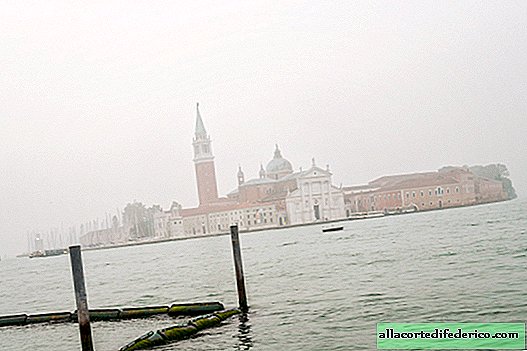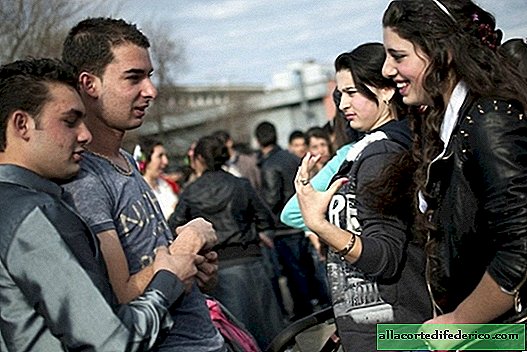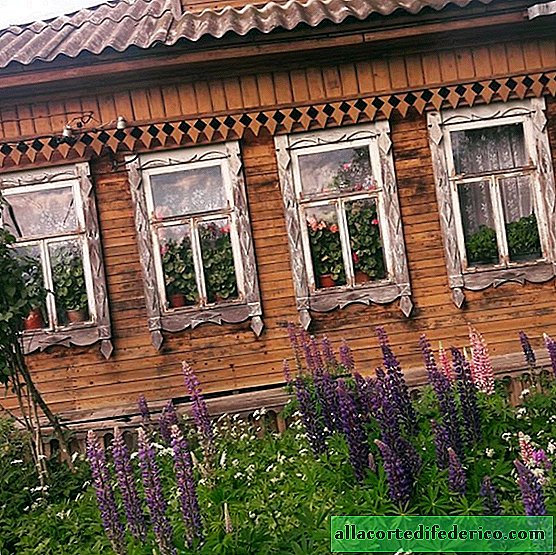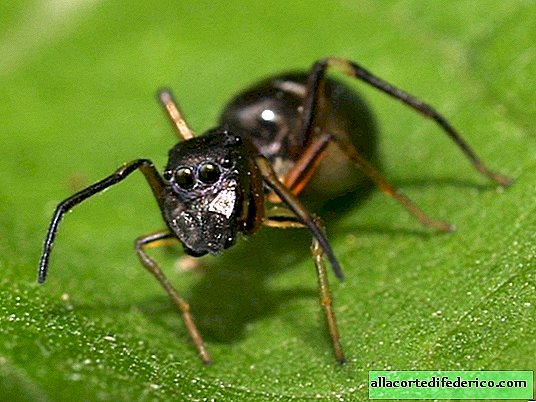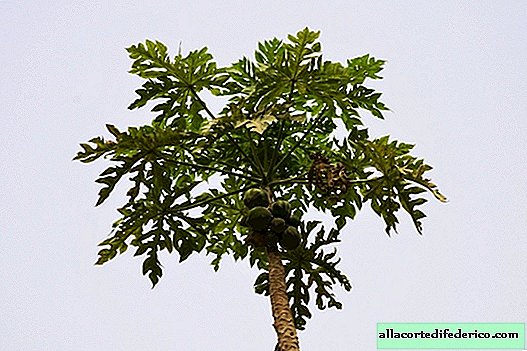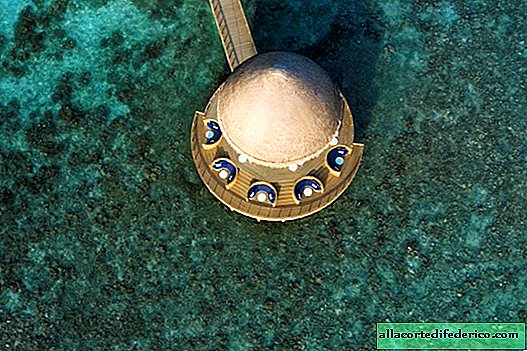Why bananas will soon disappear from store shelves
Bananas are a favorite fruit in many countries of the world. But, according to experts, soon humanity will have to change its gastronomic habits due to an invincible fungal infection that affects banana plantations in different parts of the world.
About half of all banana trees grown in the world belong to the Cavendish variety, which is the most delicious, most productive and convenient for transportation. The same variety is mainly exported and sold in stores in our country. But in recent years, he has been attacked by a fungus called the Panamanian disease. This disease has already destroyed young banana tree crops in several countries in Southeast Asia: Malaysia, Indonesia, Taiwan. A harmful fungus infects the vascular system of the tree, making it impossible to transport water and nutrients from the soil to the aerial parts of the plant. The leaves begin to turn yellow and fade, the banana tree weakens and dies.
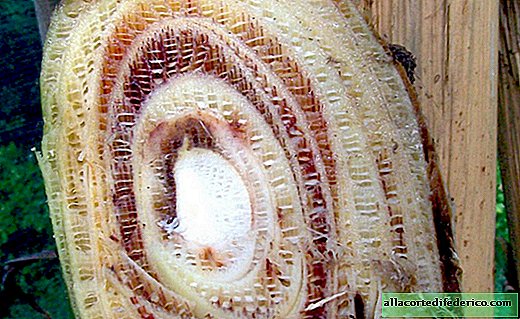 In the photo: a cut of the trunk of a banana tree affected by a fungus
In the photo: a cut of the trunk of a banana tree affected by a fungusThe Panama disease, or rather its clone TR4, was discovered in Indonesia, a little later in China and Taiwan. Well, in recent years, its triumphant march through the "banana" countries around the world has been observed. Banana plantations in Pakistan, the Middle East, Mozambique and Queensland (Australia) have already fallen victim to this fungal clone. According to experts, its mass distribution in Latin America, where the main producers of bananas in the world are located, is only a matter of time. According to some reports, the fungus has already crossed the Atlantic to the west and was recorded on the American continent.
 Pictured: banana plantations in Nicaragua
Pictured: banana plantations in NicaraguaOf course, all means and scientific forces were thrown into the fight against the invisible enemy. But this fungal disease, unfortunately, is not treatable. It should be noted that the variety Cavendish, so beloved by everyone, also suffers from it. Interestingly, this variety replaced the popular variety Gros Michel, whose plantations were also struck by this fungus in the middle of the last century. But, as it turned out, Cavendish was not able to resist TR4: the fungus mutated and adapted to a new variety. The situation is further complicated by the fact that the causative agents of the "Panamanian disease" persist in the soil for a long time after cutting infected banana trees, according to some reports, up to 30 years. Therefore, such plantations are not suitable for reuse.



